Discussion on Non-destructive Testing Technology and Application of Material Surface
DOI: 10.23977/jmpd.2023.070310 | Downloads: 35 | Views: 1299
Author(s)
Jiacheng Fu 1, Jingkun Xu 1
Affiliation(s)
1 College of Materials Science and Engineering, Chongqing Jiaotong University, Chongqing, 400060, China
Corresponding Author
Jiacheng FuABSTRACT
The non-destructive testing technology is discussed, focusing on the mainstream non-destructive testing technology of various material surfaces, and the characteristics, principles and applications of non-destructive surface characterization technology are discussed and analyzed. It focuses on the future development direction of scanning electron microscopy detection method, atomic force microscope detection method and X-ray diffraction detection method. The application of a new hyperspectral detection technology in material detection is described, and finally an important development trend is discussed with the development of deep learning, the combination of hyperspectral technology and deep learning in the future is an important development trend.
KEYWORDS
Material testing; Surface non-destructive testing; Principles and advantages; Application and developmentCITE THIS PAPER
Jiacheng Fu, Jingkun Xu, Discussion on Non-destructive Testing Technology and Application of Material Surface. Journal of Materials, Processing and Design (2023) Vol. 7: 69-74. DOI: http://dx.doi.org/10.23977/jmpd.2023.070310.
REFERENCES
[1] Yu Qing, He Chunxia. Application of non-destructive testing technology in composite material testing [J]. Engineering and Testing, 2009, 49(02):24-29.
[2] Wang Yuting. Discussion on scanning electron microscopy technology and its application in cement type identification [J]. China Resources Comprehensive Utilization, 2018, 36(09):180-182.
[3] Wang Yuexia. Scanning transmission electron microscopy and its application in the research of traditional Chinese medicine [J]. Analytical Testing Technology and Instruments, 2022, 28(03):280-288.
[4] Tontowi A E, Childs T. Scanning Electron Microscope Study Of A Glass-Filled Crystalline Polymer Sintered Part [J]. 2022.
[5] Honda K, Takaki T, Kang D. Recent advances in electron microscopy for the diagnosis and research of glomerular diseases [J]. Kidney research and clinical practice, 2022. DOI:10. 23876/j. krcp. 21. 270.
[6] Muto S, Tatsumi K. Detection of local chemical states of lithium and their spatial mapping by scanning transmission electron microscopy, electron energy-loss spectroscopy and hyperspectral image analysis [J]. Microscopy, 2016. DOI: 10. 1093/jmicro/dfw038.
[7] Steffens, Clarice, Fabio L, et al. Sensors, Vol. 12, Pages 8278-8300: Atomic Force Microscopy as a Tool Applied to Nano/Biosensors [J]. 2012.
[8] Meng Jingjiao, Lu Hongwei, Ma Shile, Zhang Jiaqi, He Fumin, Su Weitao, Zhao Xiaodong, Tian Ting, Wang Yi, Xing Yu. Application progress of functionalized atomic force microscopy in the study of properties of nano-dielectric materials [J]. Acta Physica Sinica, 2022, 71(24):119-141.
[9] Cao Shuai, Dang Jiangbo, He Qiao, Guo Qigao, Liang Guolu. Preliminary study on chromosome imaging of plant meiosis using atomic force microscopy [J]. Journal of Southwest Normal University (Natural Science Edition), 2016, 41(11): 30-34.,
[10] Yang Yingge, Lu Yimin, Wang Xinru, Li Xiaobo. Application of atomic force microscopy in ZAO thin film characterization [J]. Journal of Beijing Institute of Petrochemical Technology, 2013, 21(02):17-21.
[11] Suvorov E V, Smirnova I A. X-ray diffraction imaging of defects in topography (microscopy) studies [J]. Physics–uspekhi, 2015, 58(9):897915. DOI: 10. 3367/UFNe. 0185. 201509a. 0897.
[12] Li Xu, He Longbiao, Zhu Haijiang, Zhang Xiaoli, Feng Xiujuan, Niu Feng. Measurement of diaphragm tension of condenser microphone by X-ray diffraction method [J]. Journal of Metrology, 2022, 43(12):1645-1650.
[13] Cao Xi. Determination of ferric oxide phase content in ammonia synthesis catalyst by X-ray diffraction [J]. Chemical Engineer, 2022, 36(10):35-37+44.
[14] Xu Guang, Xing Lichao, Zhang Ting, Lin Jian. Measurement of residual stress of superalloy bellows by X-ray diffraction method [J]. Pressure Vessel, 2021, 38(07): 32-37.
[15] Wang Leilei, Wang Qinlong, Li Jing, Huang Changrong. Determination of average grain size of nano-alumina by X-ray diffraction [J]. Inorganic Chemicals Industry, 2021, 53(04):86-89.
[16] Zhang Y, Wu X, He L, et al. Applications of hyperspectral imaging in the detection and diagnosis of solid tumors[J]. Translational Cancer Research, 2020, 9(2):1265-1277. DOI: 10. 21037/tcr. 2019. 12. 53.
[17] Ma Yutang, Li Qianhui, Ma Yi, Pan Hao, Yang Kun, Zhou Zhipeng. Hyperspectral contamination detection technology of composite insulator [J]. Electroporcelain Lightning Arrester, 2023, No. 312(02): 150-156.
[18] Zheng Suluo, Wang Runbo. Research progress of hyperspectral image technology in meat detection [J]. Meat Industry, 2022, No. 497(09):36-40.
[19] Gao Rui, Li Zedong, Ma Zheng, Kong Qingming, Muhammad Rizwan, Su Zhongbin. Detection of crude protein content of forage based on hyperspectral imaging [J]. Spectroscopy and Spectral Analysis, 2019, 39(10):3245-3250.
[20] Signoroni A, Savardi M, Baronio A, et al. Deep Learning Meets Hyperspectral Image Analysis: A Multidisciplinary Review [J]. Journal of Imaging, 2019, 5(5):52. DOI:10. 3390/jimaging5050052.
| Downloads: | 4090 |
|---|---|
| Visits: | 253618 |
Sponsors, Associates, and Links
-
Forging and Forming

-
Composites and Nano Engineering
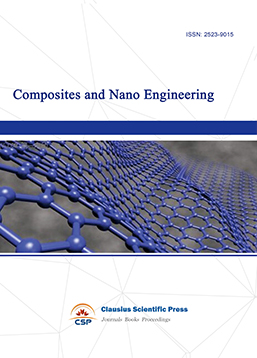
-
Metallic foams
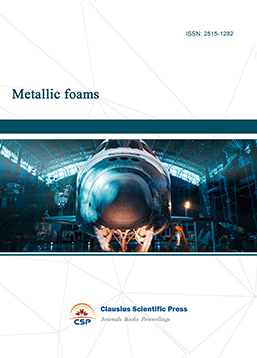
-
Smart Structures, Materials and Systems

-
Chemistry and Physics of Polymers
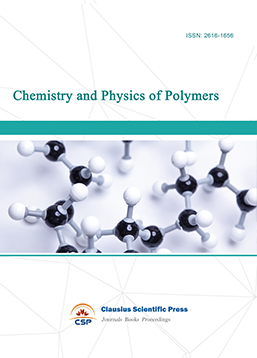
-
Analytical Chemistry: A Journal
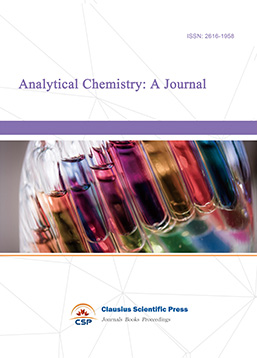
-
Modern Physical Chemistry Research
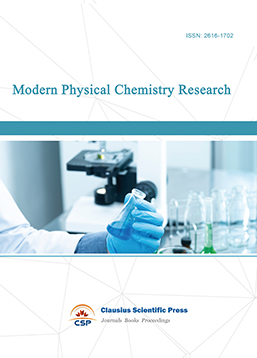
-
Inorganic Chemistry: A Journal

-
Organic Chemistry: A Journal
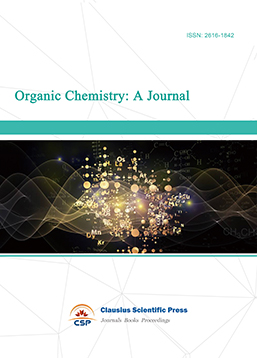
-
Progress in Materials Chemistry and Physics

-
Transactions on Industrial Catalysis
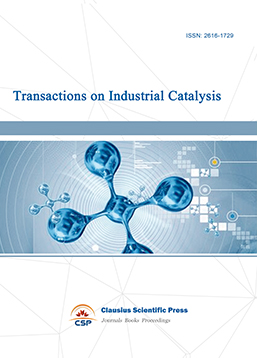
-
Fuels and Combustion

-
Casting, Welding and Solidification
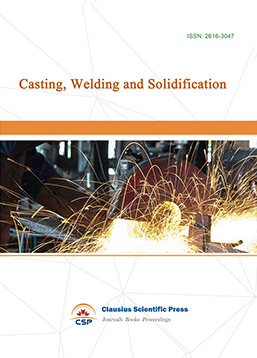
-
Journal of Membrane Technology
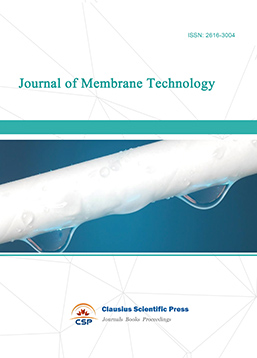
-
Journal of Heat Treatment and Surface Engineering
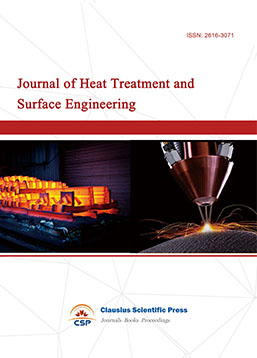
-
Trends in Biochemical Engineering

-
Ceramic and Glass Technology

-
Transactions on Metals and Alloys
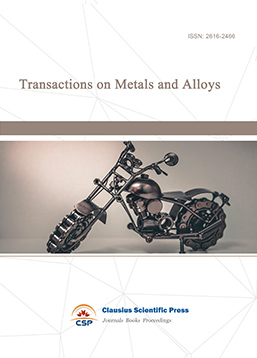
-
High Performance Structures and Materials
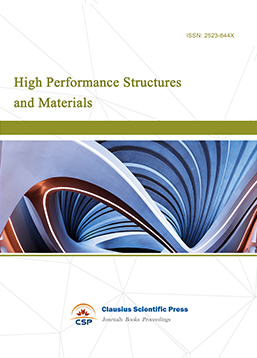
-
Rheology Letters

-
Plasticity Frontiers

-
Corrosion and Wear of Materials

-
Fluids, Heat and Mass Transfer

-
International Journal of Geochemistry
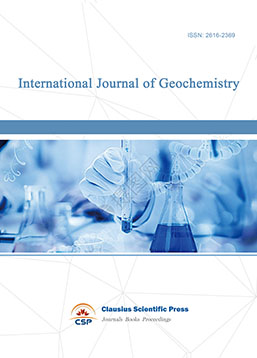
-
Diamond and Carbon Materials
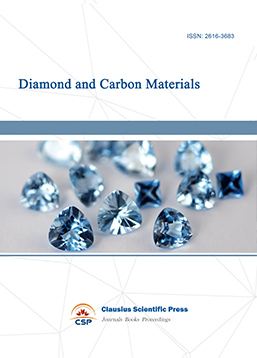
-
Advances in Magnetism and Magnetic Materials
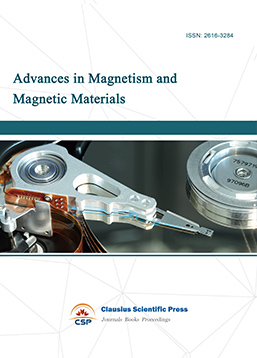
-
Advances in Fuel Cell

-
Journal of Biomaterials and Biomechanics
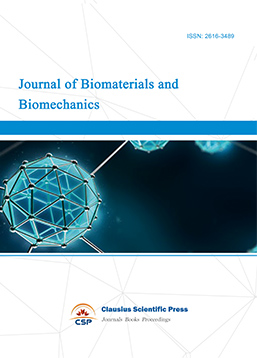

 Download as PDF
Download as PDF